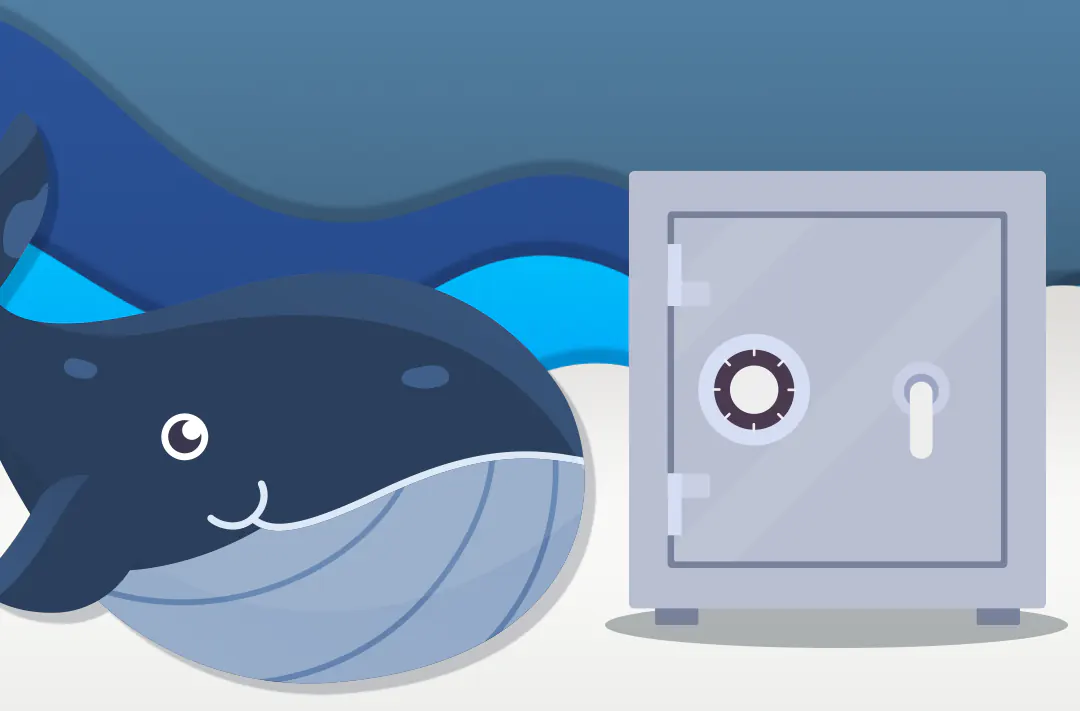Which altcoins accumulate whales during market downturn. 3 coins by Santiment analysts
Large holders consider AAVE, SAND, and LRC assets to be promising

24.06.2022 - 13:05
305
2 min
0
What’s new? Experts at analytics firm Santiment have identified three altcoins that institutional investors are actively accumulating during the fall of the cryptocurrency market. The most promising assets to accumulate, according to large holders, are Aave (AAVE), The Sandbox (SAND), and Loopring (LRC).
AAVE. The token of Aave, a DeFi protocol for lending, ranks first on the list of accumulating assets by institutional investors. The number of addresses containing AAVE has increased from 10 000 to 1 million. Large holders currently hold 47,7% of the total supply of tokens. Before June 20, they accounted for 42,3%. A surge in accumulation may have a positive impact on the AAVE rate, analysts note.
As of June 24, 13:00 UCT, the asset is trading at $68,3, having added 1,18% in price per day, according to cryptocurrency exchange Binance.
SAND. In second place is the token of The Sandbox metaverse. Since the beginning of March, there has been an accumulation of supply from large SAND holders. Institutional investors hold 7,96% of the total number of altcoins.
The SAND token is trading at $1,06, with the value of the asset up by 6,9% in 24 hours.
LRC. The third coin on Santiment’s list is the token of Loopring, a Layer 2 (L2) decentralized Ethereum protocol. Over the past three months, the number of LRC at the large holders’ addresses has increased by 6%. Investors own 40,5% of the total token supply. Experts believe that the top holders are not afraid of a possible further drop in LRC.
The token price is $0,42, the asset rose in price by 6,65% per day, while the weekly change in value was also positive, increasing by 12,77%. In this, the asset reached its peak value of $2,11 on April 1, 2022.
Useful material?
Market
Earlier, the community criticized the project for its lack of transparency, which led to a sharp drop in the HYPE token price
Jan 8, 2025
Market
Rising US Treasury bond yields are negatively affecting risk assets
Jan 8, 2025
Mining
The Avalon Mini 3 is available for pre-order at $899
Jan 8, 2025
Market
The exchange obtained the documents as part of the Freedom of Information Act proceeding
Jan 6, 2025
Market
According to the preliminary plan, the free coin giveaway will take place in January 2025
Dec 27, 2024
Market
The fund’s issuer will be Donald Trump associate Vivek Ramaswamy’s Strive company
Dec 27, 2024









 Telegram
Telegram  Twitter
Twitter